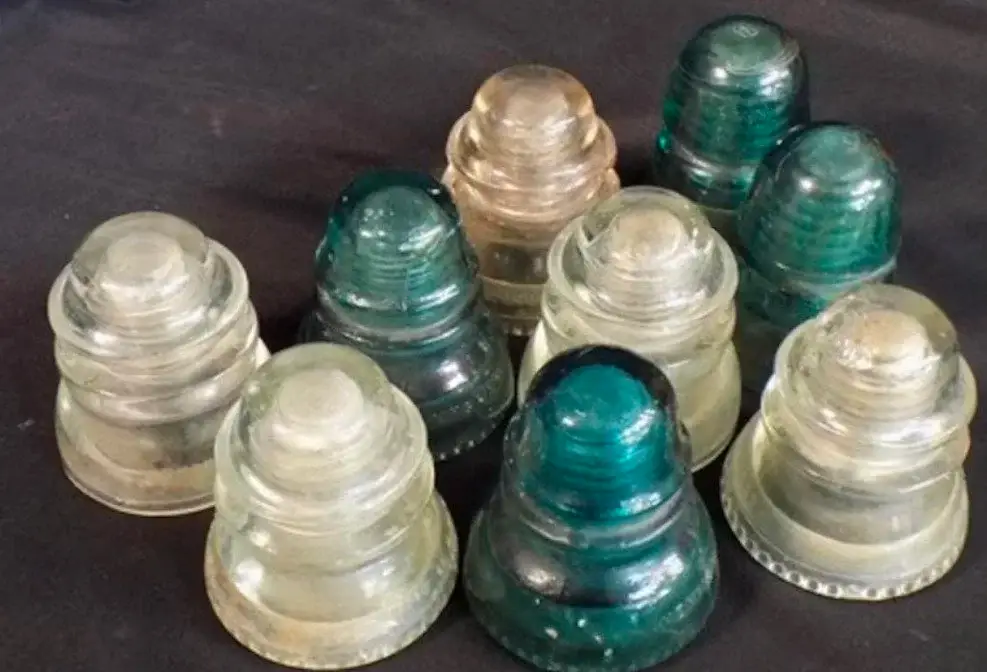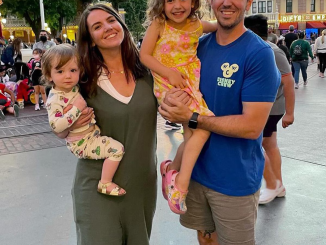Have you ever looked at a telephone pole and noticed those glass or porcelain pieces on top? They might look like just decorations, but they actually have an important job in communication. These helpful items are called insulators, and they help keep our electrical wires safe and our phone calls clear.
Safeguarding the Flow of Electricity
Insulators have a key job: they stop electrical wires from touching the pole or the ground. Imagine trying to make a long-distance call, and your voice suddenly cuts out after a little while. That wouldn’t be fun, right? Insulators make sure all the electricity stays in the wires so our important phone calls can keep going without any problems.

The Variety of Insulators
These simple objects come in many different styles and colors. While a lot of the older insulators were made from glass or porcelain, some were made from wood and glass, and even animal parts! You’d be surprised at some of the unusual materials used. The size of the insulator is important too. Smaller ones are used for telephone and telegraph wires, while larger ones are made for high-voltage electrical wires. It’s like having a special section for insulators based on how much voltage they can handle!
Keeping Voltage in Check
When it comes to power lines, the voltage affects how big the insulator needs to be. Electricity can be a bit tricky and might try to jump across a distance. That’s where the design of insulators helps out. Insulators with wide “umbrella” shapes and large lower parts act like careful bouncers at a nightclub, keeping the wires away from the pole and stopping any accidents from happening.

A Surprising Hobby
Believe it or not, collecting insulators is a popular hobby! This started becoming popular in the 1960s when utility companies began burying their wires, leaving a lot of old insulators behind. As the saying goes, one person’s trash is another person’s treasure. People who collect insulators come from all different backgrounds. Some like these glass pieces for how they look and use them to decorate windowsills and gardens, adding a bit of shine to their space. Others look for specific types of insulators. Prices can vary a lot; you might find one for less than a dollar or even get one for free at flea markets!
A Historical Touch
Most insulators that collectors have are between 70 and 145 years old, and some types haven’t been made since the early 1900s. Anything that’s old and no longer being produced often becomes collectible, and insulators are no different. They hold a piece of history and connect us to a time when communication was just starting to grow.

Appreciating the Role of Insulators
The next time you see one of those interesting glass or porcelain insulators on a telephone pole, take a moment to appreciate how important they’ve been in the history of communication. They might seem like old items, but they’ve made a lasting impact on how we connect with each other, whether through a phone call or a quick text message. Who knows? You might even feel inspired to start your own collection and join the many people who find beauty and history in these simple artifacts!
Kathy Bates: A Brave Warrior Fighting Against Cancer

Narratives of affluent Hollywood stars grappling with health issues serve as a reminder that they are akin to us. The Academy Award-winning actress Kathy Bates talked candidly about her fight with cancer and the difficulties she endured in silence during a recent interview on the Dr. Phil program. Even though she was well-known, Bates ended up portraying a brave heroine in a true story, overcoming cancer twice.

She said in 2012 that she had been cancer-free for nine years and had triumphantly battled ovarian cancer. But a few weeks ago, she received the heartbreaking news that she had breast cancer. She likened the moment she was given this devastating diagnosis as being in a room that was scarier than something from an American Horror Story.
In 2003, Bates had already gone through a trying time due to ovarian cancer. She kept her fight a secret while enduring grueling surgery and nine months of chemotherapy. She told just a select few people about it, including PEOPLE magazine, and stated, “It really took a lot out of me, but I didn’t want anyone to know.”
She overcame ovarian cancer and maintained her cancer-free status for many years because to her tenacity and fortitude. But when her doctor told her that the cancer had come back, this time in her breast, her fight was far from done. Bates wasn’t totally shocked by this setback, noting that breast cancer runs in her family.
Bates decided to have a double mastectomy in order to halt the spread of her breast cancer. She turned her tragedy into inspiration for other women rather than letting it break her soul. Bates kept her vibrant personality and sense of humor despite hardship. She cracked a joke, saying, “I miss ‘Harry’s Law’ more than my breasts,” and thanked her followers for their continuous support through her lowest points.
Bates no longer has cancer, but because her lymph nodes were removed, she now suffers from lymphedema. About 30% of breast cancer survivors have this illness, which makes daily living uncomfortable due to pain and edema. But Bates won’t allow it to define who she is. She candidly recounts her experience in an effort to inspire other women to make routine checkups a priority and to reassure them that they are not fighting this battle alone.
In addition, Bates has agreed to represent the Lymphatic Education & Research Network (LE&RN) by using her platform to advocate for people with lymphedema and to increase public awareness of the condition.
Bates has gained resilience and a sense of purpose over her experience. “I’m grateful that my difficulties have given me a sense of purpose,” she muses. It’s intriguing how events unfold in that manner.
The conversation with Kathy Bates illuminates the difficulties she overcame and offers hope to anyone who might be going through comparable struggles. Her experience serves as a reminder that, given enough willpower, empathy, and encouragement, we can turn our own hardships into assets.



Leave a Reply